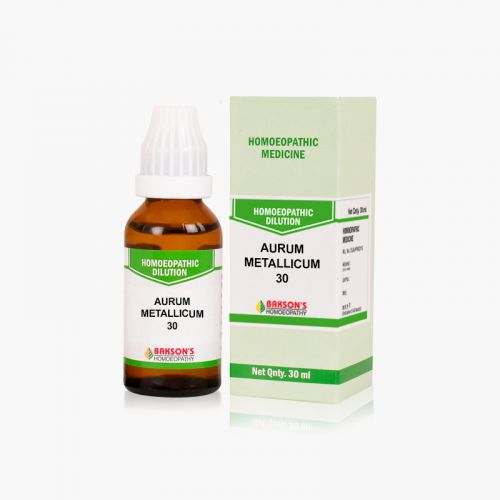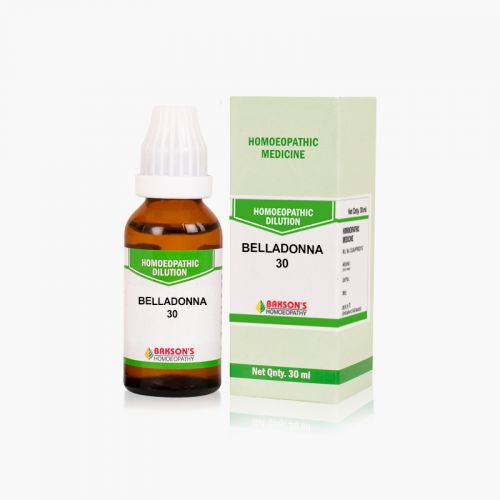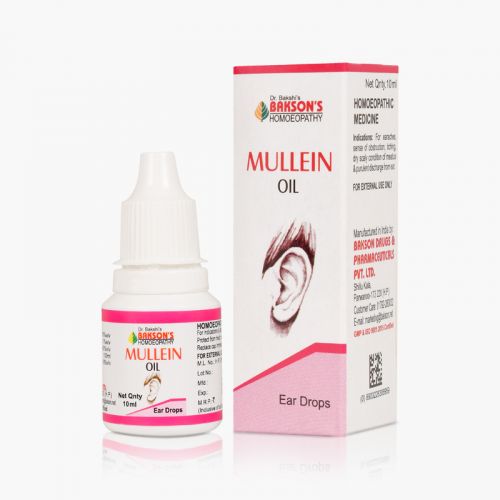We use cookies to make your experience better. To comply with the new e-Privacy directive, we need to ask for your consent to set the cookies. Learn more.
What is Earache or Otalgia?
Otalgia or ear pain can be divided into: primary and secondary otalgia. Primary otalgia is ear pain that occurs from an underlying pathology in the inner, middle, or external ear. Secondary or referred otalgia is ear pain that occurs from pathology located outside the ear.
Causes
Primary otalgia most commonly occurs due to infectious, mechanical, neoplastic, and inflammatory causes. Acute otitis media (AOM) is the most common cause of primary otalgia in children. In adults, chronic otitis media is the most common primary disease.
Secondary or referred otalgia occurs as a result of the complex cranial nerve network that innervates the ear. It can arise from various causes, which include dental and temporomandibular pathology, cardiac, gastrointestinal, and lung pathology.
- External ear causes: Blunt trauma, Environmental injuries include sunburn, frostbite, or contact dermatitis, Otitis externa, Earwax impaction, Foreign body in ear.
- Middle and inner ear causes: Acute otitis media, Trauma like Barotrauma, Tympanic membrane rupture.
- Referred ear pain: Temporomandibular joint syndrome, Myofascial pain syndrome, Trigeminal neuralgia, Dental pain from cavities or an abscess.
- Conditions causing irritation of the facial nerve (cranial nerve VII) or glossopharyngeal nerve (cranial nerve IX): Tonsillitis, Post-tonsillectomy: Pharyngitis, Sinusitis, Parotitis.
- Conditions causing irritation of the vagus nerve (cranial nerve X): GERD, Myocardial ischemia.
- Conditions causing irritation of cervical nerves C2-C3: Cervical spine trauma, arthritis (joint inflammation), Temporal arteritis.
Diagnosis
A complete otology history is essential to determine the cause. Symptoms of pain, otorrhoea, hearing loss, vertigo, aural fullness and tinnitus are looked into. There may be associated symptoms involving the oral cavity, including dental history, oropharyngeal symptoms including history of tonsil infections, and nasal and sinus passage symptoms.
Some red flags that requires further examination and investigations are:
- Associated oropharyngeal symptoms (dysphagia, dysphonia, odynophagia, haemoptysis, weight loss, smoking history).
- Progressive or sudden onset hearing loss.
- Eye symptoms (loss of vision, black spots).
- Immunosuppressed or diabetes mellitus.
If found, then investigations like head & neck CT and MRI, nasolaryngoscopy, ESR, Pneumo-otoscopy, tympanometry, Audiometry, etc may be advised.
Management
Treatment of otalgia is dependent on the diagnosis.
Warning: Above information provided is an overview of the disease, we strongly recommend a doctor's consultation to prevent further advancement of disease and/or development of complications.
Disclaimer: The information provided herein on request, is not to be taken as a replacement for medical advice or diagnosis or treatment of any medical condition. DO NOT SELF MEDICATE. PLEASE CONSULT YOUR PHYSICIAN FOR PROPER DIAGNOSIS AND PRESCRIPTION.
- ACIDUM NITRICUM 30₹ 100.00
- AURUM METALLICUM 30₹ 100.00
-
- BCT # 28 (TONIC)-250TABSpecial Price ₹ 84.00 Regular Price ₹ 105.00
- BELLADONNA 30₹ 100.00
- MULLEIN OIL₹ 65.00










